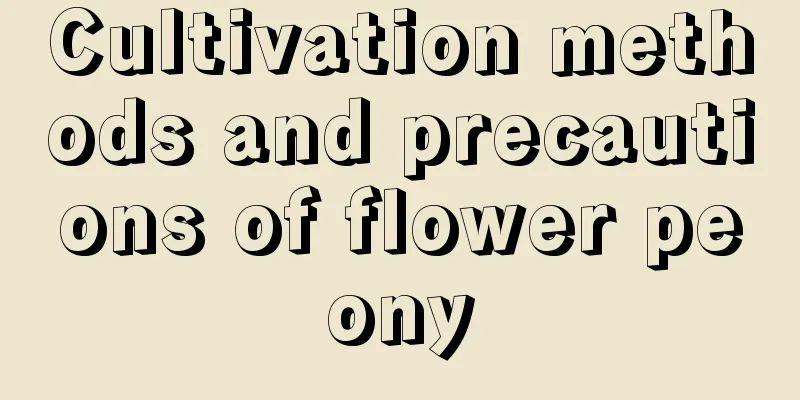How to grow purple grass

1. Maintenance methods1. Temperature: 20 to 30 degrees is the most suitable range because it likes higher temperatures. But once the temperature is above 35 degrees, try to ventilate as much as possible and avoid being too stuffy. In winter, the temperature cannot be lower than ten degrees, otherwise it will threaten its health. 2. Light: Purple sedge is a light-loving plant, and sunlight is of great importance to its growth and flowering. Generally speaking, if it is indoors, it must be placed in a place with the best sunlight. If you are outdoors, provide sufficient sunlight while blocking out strong direct light. 3. Watering: Purple hyacinth is very fond of moisture and has very high requirements for water. In summer, it needs water the most. Generally, it needs to be watered twice a day, once in the morning and once in the evening. In other seasons, it is generally necessary to water it once a day, but the amount of water does not need to be too much because its volume is not large. 4. Fertilization: During the growing season, fertilizer can be applied once every twenty days. However, during the flowering period, fertilizer needs to be applied once a week to ten days, mainly phosphorus fertilizer and potassium fertilizer. 2. Breeding techniques1. Reproduction: Mainly by sowing method. It can be sown in spring, autumn and winter. Its seeds are relatively small, so you need to choose the appropriate one to sow. Generally speaking, the most suitable temperature after sowing is around 20 degrees. It will germinate after about ten days to two weeks. 2. Pruning: After flowering, a very important step is to cut off the withered flowers so as not to consume too much nutrients. If you cut them off in time, it may continue to bloom, and it is possible that it will continue to bloom. In addition, you should also pay a little attention to the pruning of its branches and leaves. 3. Problem diagnosis and treatment1. Disease: In winter, because its resistance is relatively weak, the chance of it suffering from disease is relatively high. Therefore, in addition to spraying the corresponding pesticides, you must also control water and fertilizer, which can also effectively avoid diseases. 2. Pests: Pests are more likely to occur in summer and autumn. Generally speaking, spraying various pesticides is effective. IV. Other issues1. Toxicity: It is not toxic and will not emit toxic gases or substances. 2. Can it be raised at home? As mentioned above, it is relatively small and highly ornamental, so it can be placed indoors. |
<<: Cultivation method of purple-backed arrowroot
>>: Cultivation methods and precautions of purple root orchid
Recommend
When are spring potatoes harvested? What month is the harvest season?
Spring potato harvest time Spring potatoes are ge...
Feng Shui Effects of Rose
Boosting Wealth Placing a small potted rose in a ...
Soak these 3 kinds of garbage left over from the Chinese New Year in water, then water the flowers with them and they will grow wildly!
Fruit peel + rice water, water the flowers with s...
What kind of pot is best for growing pennywort? Is it okay to use a pot without holes?
1. What kind of pot is best for growing It likes ...
Diagram of cuttings of copper coin grass
Cutting preparation Material Pennywort plant, flo...
How to fertilize tiger pineapple
What kind of fertilizer is needed? The so-called ...
How to grow Lover's Tears until it blooms
1. Suitable soil In order to grow the Tears of Lo...
How to keep potted roses from withering? Are they afraid of cold?
1. How to keep it from withering 1. Suitable soil...
How often should I water the Tillandsia?
How often should I water the Tillandsia? Generall...
When is the survival rate of rose cuttings high (how to make rose cuttings survive easily)
Rose has a certain degree of cold resistance, and...
Does pineapple prefer shade or sun?
Does pineapple prefer shade or sun? Pineapples ar...
Taboos on the placement of asparagus fern in Feng Shui
1. Do not place it in a location with too much li...
What to do after mountain rose blooms
1. Post-flowering treatment It usually takes five...
The reason why the trunk of the peace tree turns black
1. Infection It may be due to the influence of hu...
Common diseases and prevention methods of creeping sedge
Common diseases of creeping grass: Botrytis ciner...









